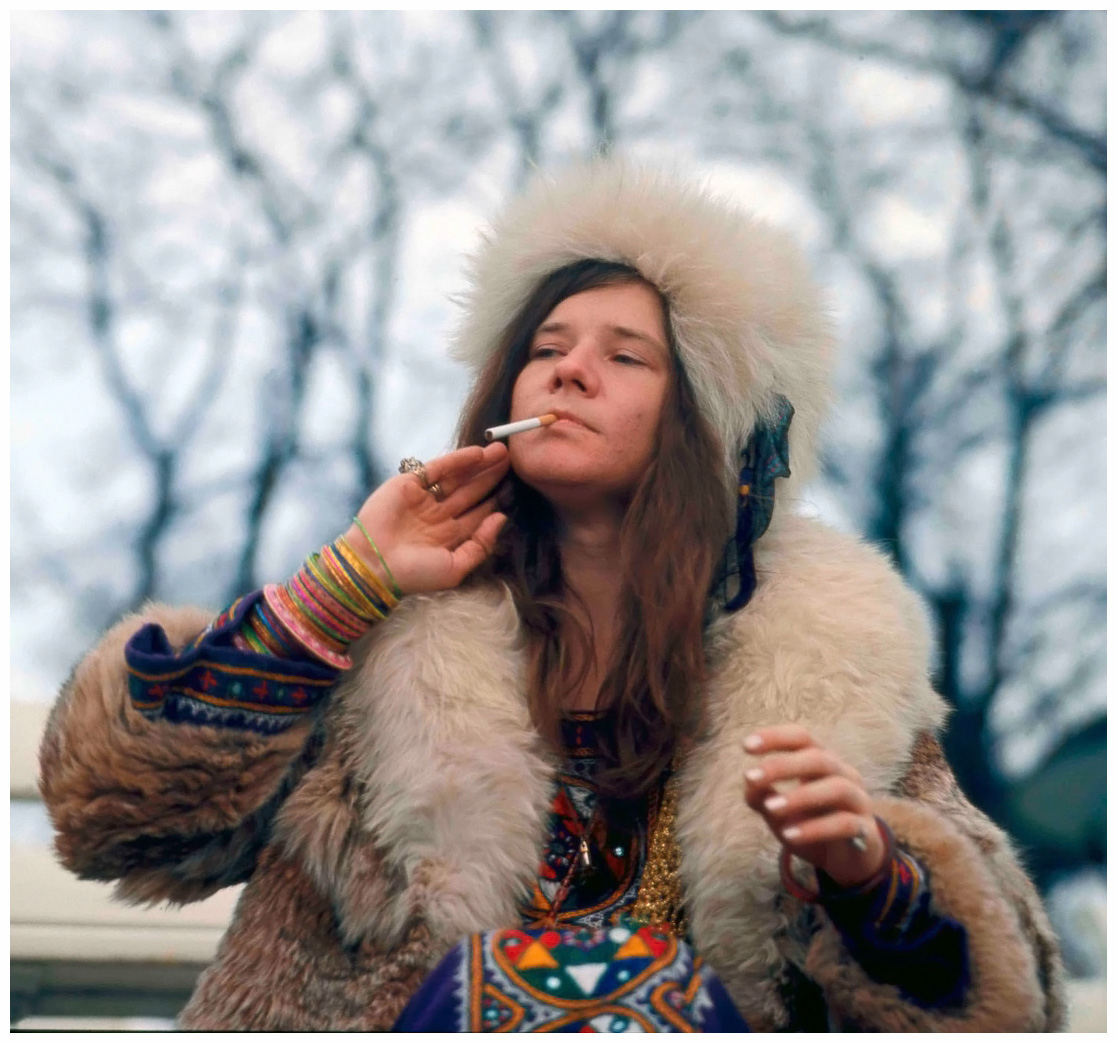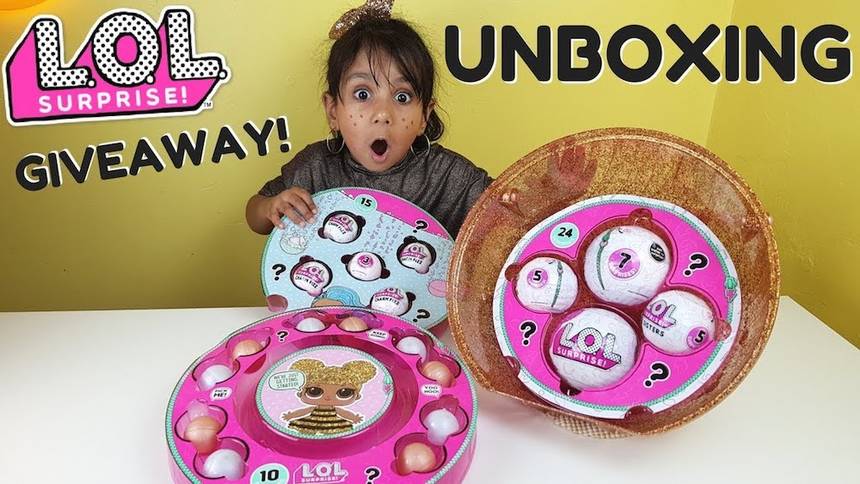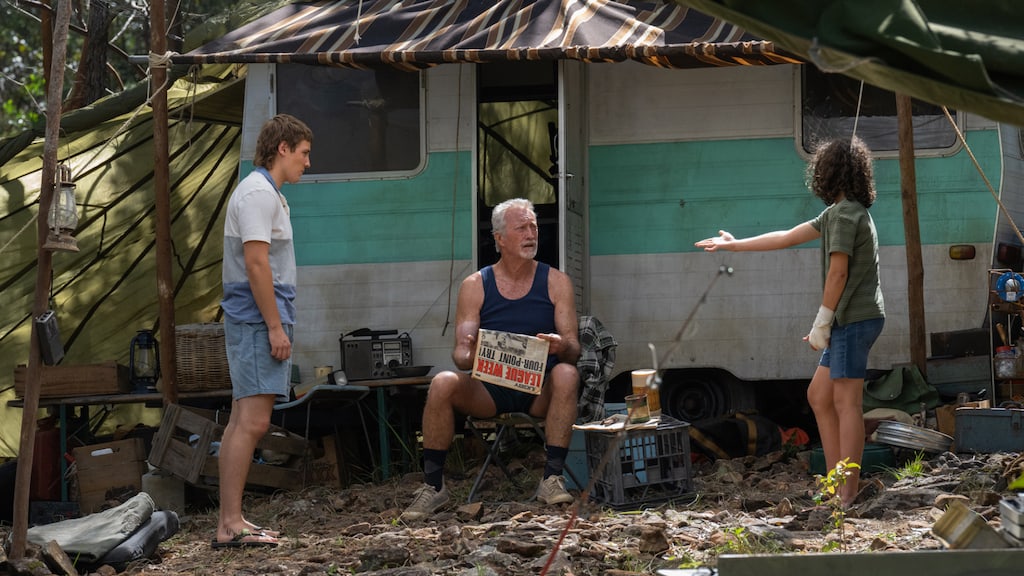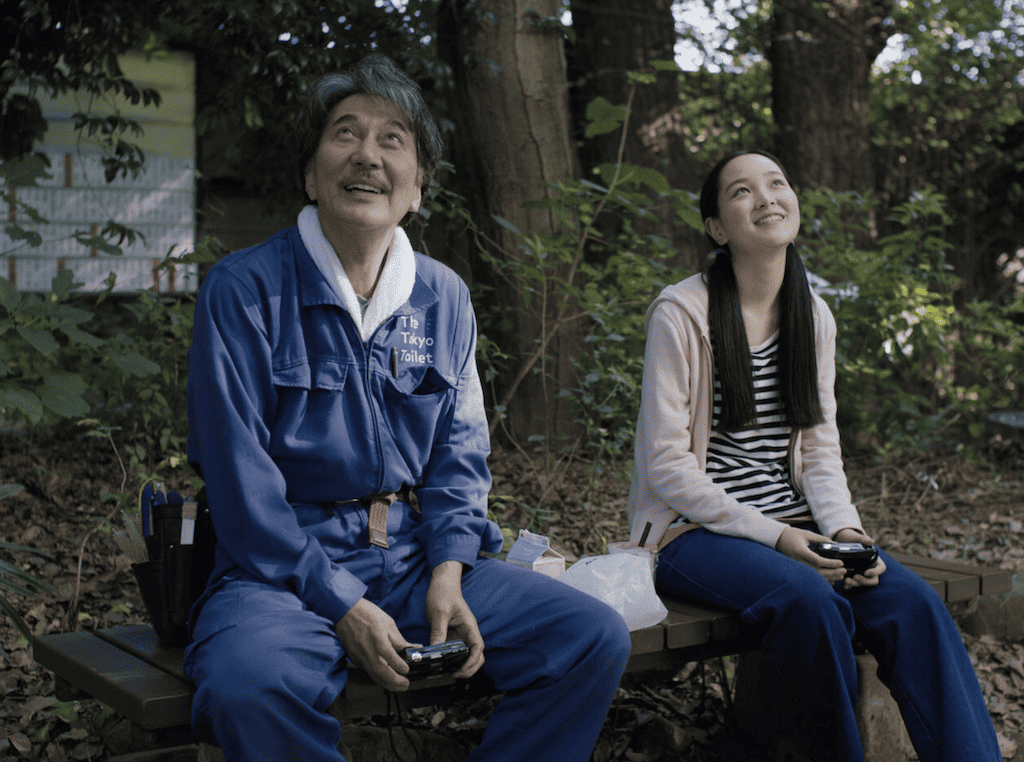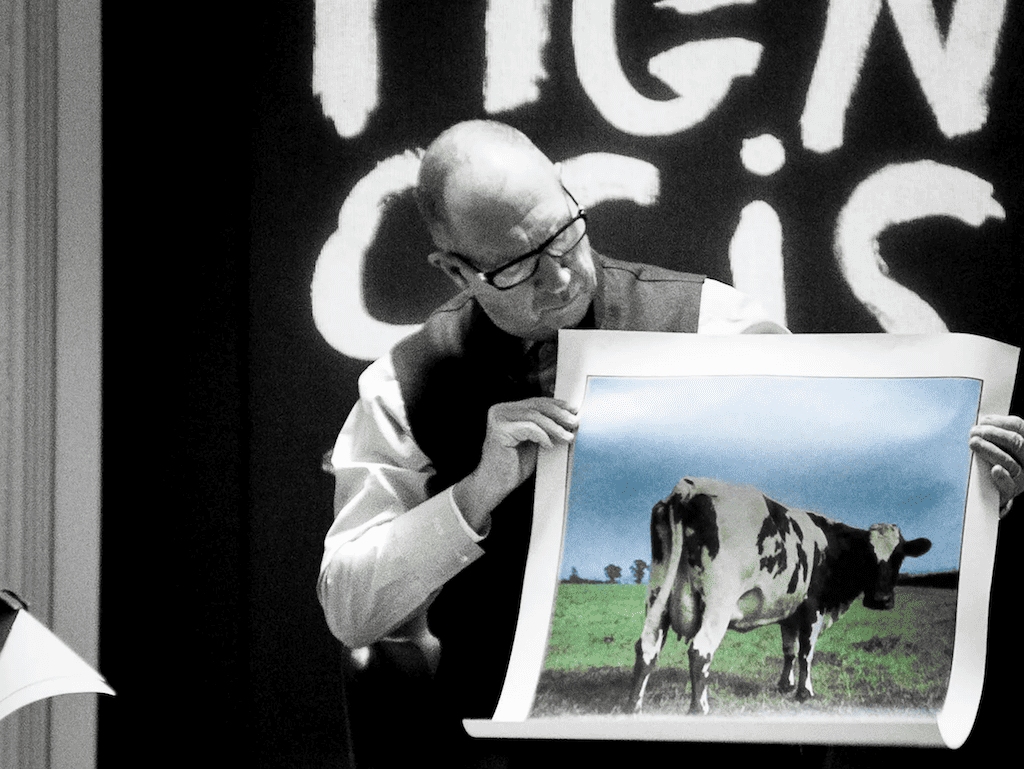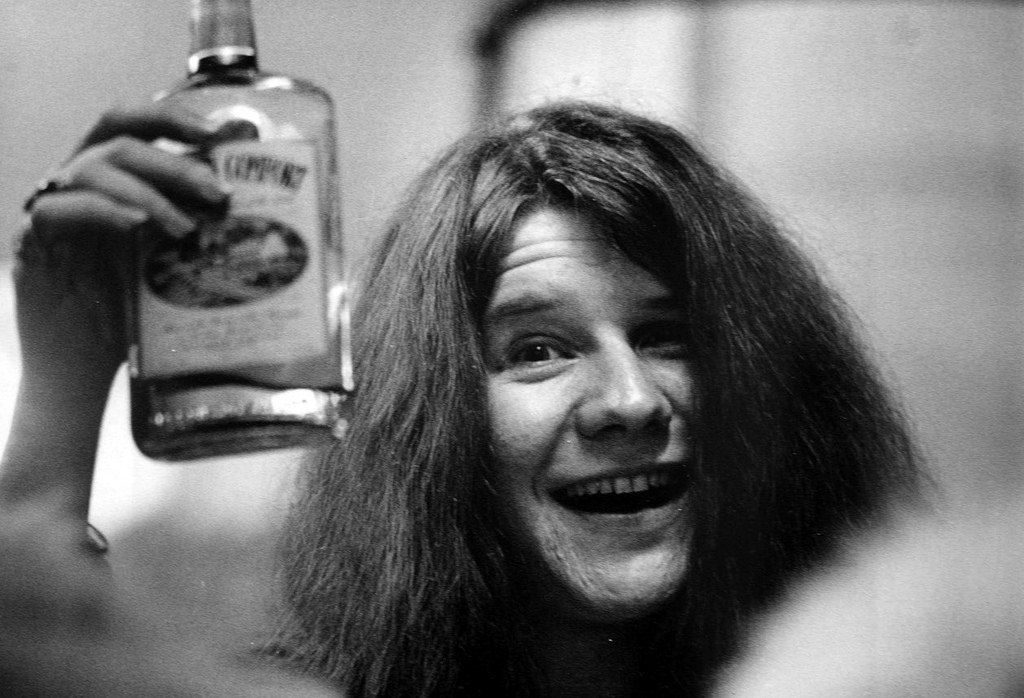 GARY STEEL remembers what it was like to be an adolescent obsessed with dead rock stars.
GARY STEEL remembers what it was like to be an adolescent obsessed with dead rock stars.
Dead rock stars. During my adolescence I almost drowned in them. I was a big fan of ‘60s bubblegum pop until I discovered my sister’s rock records at the age of 10, in 1969. They blew my tiny mind. Central to my rock revolution was the Smash Hits album by the Jimi Hendrix Experience, the self-titled first album by The Doors, and Janis Joplin’s I Got Dem Ol’ Kozmic Blues Again Mama!
While Hendrix and The Doors were instant hits – along with The Who and Donovan – it took more than a few spins to grow to love Janis Joplin, but something drew me back to it again and again. I still didn’t know if I liked it but I knew I was hooked. Her scratchy voice was hard to take, but I got an emotional hit listening to it that was something I’d never experienced with any other singer.
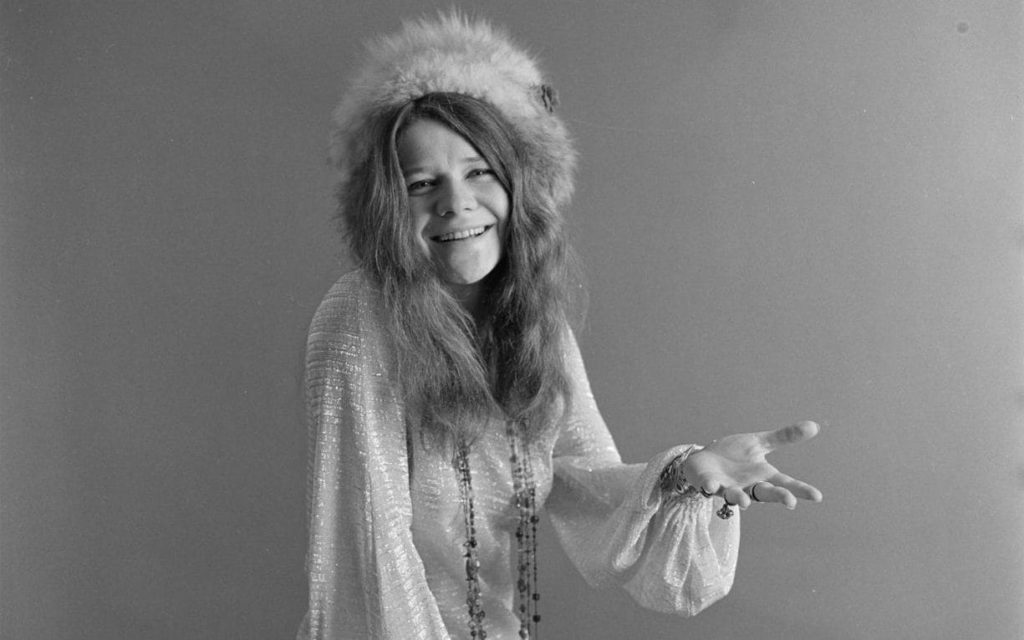 In 1970, first Hendrix then Joplin died horrible, premature deaths, and then the following year it was Jim Morrison’s turn. I adored all three artists and my nascent brain couldn’t quite believe that they were gone, for good. It was Joplin’s death that really touched me because, listening to the records, you could hear all her pain. I played her two main albums until I knew and could imitate (in falsetto) all the smallest vocal inflections and knew all the words, and when the posthumous Pearl was released in ’71 and then the live double In Concert album in ’72 I got even deeper into Janis-love. It was a bit sick, really, because I used to fantasise that she could still somehow come back to life, or that time could be turned back and that she could make a different decision and still be alive. There was very little information about Janis Joplin at this time and even less about her death and what led to it, so my imagination went wild.
In 1970, first Hendrix then Joplin died horrible, premature deaths, and then the following year it was Jim Morrison’s turn. I adored all three artists and my nascent brain couldn’t quite believe that they were gone, for good. It was Joplin’s death that really touched me because, listening to the records, you could hear all her pain. I played her two main albums until I knew and could imitate (in falsetto) all the smallest vocal inflections and knew all the words, and when the posthumous Pearl was released in ’71 and then the live double In Concert album in ’72 I got even deeper into Janis-love. It was a bit sick, really, because I used to fantasise that she could still somehow come back to life, or that time could be turned back and that she could make a different decision and still be alive. There was very little information about Janis Joplin at this time and even less about her death and what led to it, so my imagination went wild.
Years later, I was similarly fascinated by the death of Joy Division’s Ian Curtis, and spent much of 1980 soaking up their deeply depressing records, mired in my own illness and melancholy. But while Curtis’s death was suicide, the “27 Club” of rock deaths were all unfortunate accidents that put a full stop to what most of us imagined would be long, glittering careers.
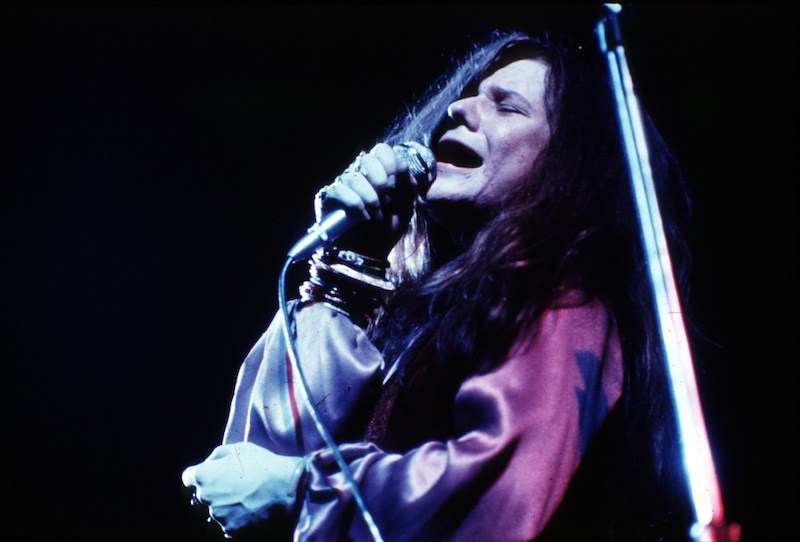 I was 11 in 1970 and I don’t think I’ve ever really gotten over the demise of my idols, and over the subsequent years as Janis Joplin’s story slowly unfurled, it all just became unbearably sad. I guess I saw a lot of myself in Joplin’s personality, despite the fact that superficially she was a rowdy Southern chick and I was a deeply introverted boy from Hamilton, New Zealand. The thing is, she was the first woman I’d ever come across who wasn’t slathered with make-up and who was determined to be herself – acne and average looks for all the world to see – and there was integrity and incredible strength in that, despite all her shortcomings.
I was 11 in 1970 and I don’t think I’ve ever really gotten over the demise of my idols, and over the subsequent years as Janis Joplin’s story slowly unfurled, it all just became unbearably sad. I guess I saw a lot of myself in Joplin’s personality, despite the fact that superficially she was a rowdy Southern chick and I was a deeply introverted boy from Hamilton, New Zealand. The thing is, she was the first woman I’d ever come across who wasn’t slathered with make-up and who was determined to be herself – acne and average looks for all the world to see – and there was integrity and incredible strength in that, despite all her shortcomings.
And the music! I’ve got friends who will point out that vocally, she was no match for Aretha or other soul singers of the era, but that completely misses the point. She was a white woman from Texas who was inspired by soul and blues but was a product of her generation, which meant she was really the first woman of rock, and the music on her albums shows this explicitly: the searing psychedelia of Big Brother & The Holding Company on Cheap Thrills and the effortless rootsy fusion of Pearl, especially. I usually go for music that’s much more arranged and less emotionally emphatic, but Joplin was something else. Her idol towards the end was Otis Redding, and it’s easy to see what she found so exhilarating about his performances, but she had something that was so raw it went right to the bone; her singing was literally an exposition of her personality and the way she was feeling and her terrible need to be loved and accepted and that – together with the fact that she was part of the rock generation – made her unique.
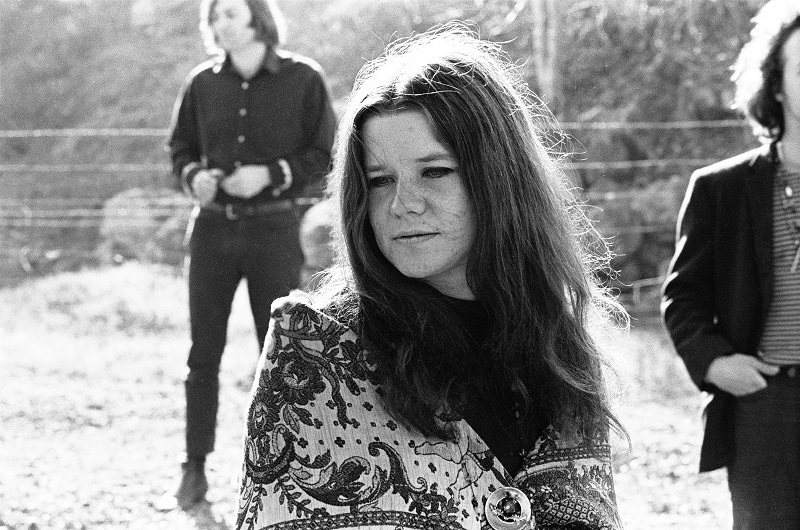 But over the years, Janis Joplin hasn’t been particularly well represented, in terms of film documentaries, at least. There have been a number of books – notably Peggy Casserta’s possibly semi-fictional lesbian chronicles in Going Down With Janis and her sister Laura Joplin’s Love, Janis – but the only film of note was Janis, the cash-in 1975 movie that was simply a bunch of strung-together concert appearances and interviews.
But over the years, Janis Joplin hasn’t been particularly well represented, in terms of film documentaries, at least. There have been a number of books – notably Peggy Casserta’s possibly semi-fictional lesbian chronicles in Going Down With Janis and her sister Laura Joplin’s Love, Janis – but the only film of note was Janis, the cash-in 1975 movie that was simply a bunch of strung-together concert appearances and interviews.
Until now, that is. I got all enthused about catching the Little Girl Blue documentary on Netflix last year, but it never made it to NZ Netflix, so I was thrilled to discover that it’s one of a superb selection of programmes available on the documentary streaming service, DocPlay. Unfortunately, I spent about a third of its playing time viewing in soft focus as my eyes welled up, because the film focuses on the tragic aspects of Joplin’s life and her achievements are barely mentioned.
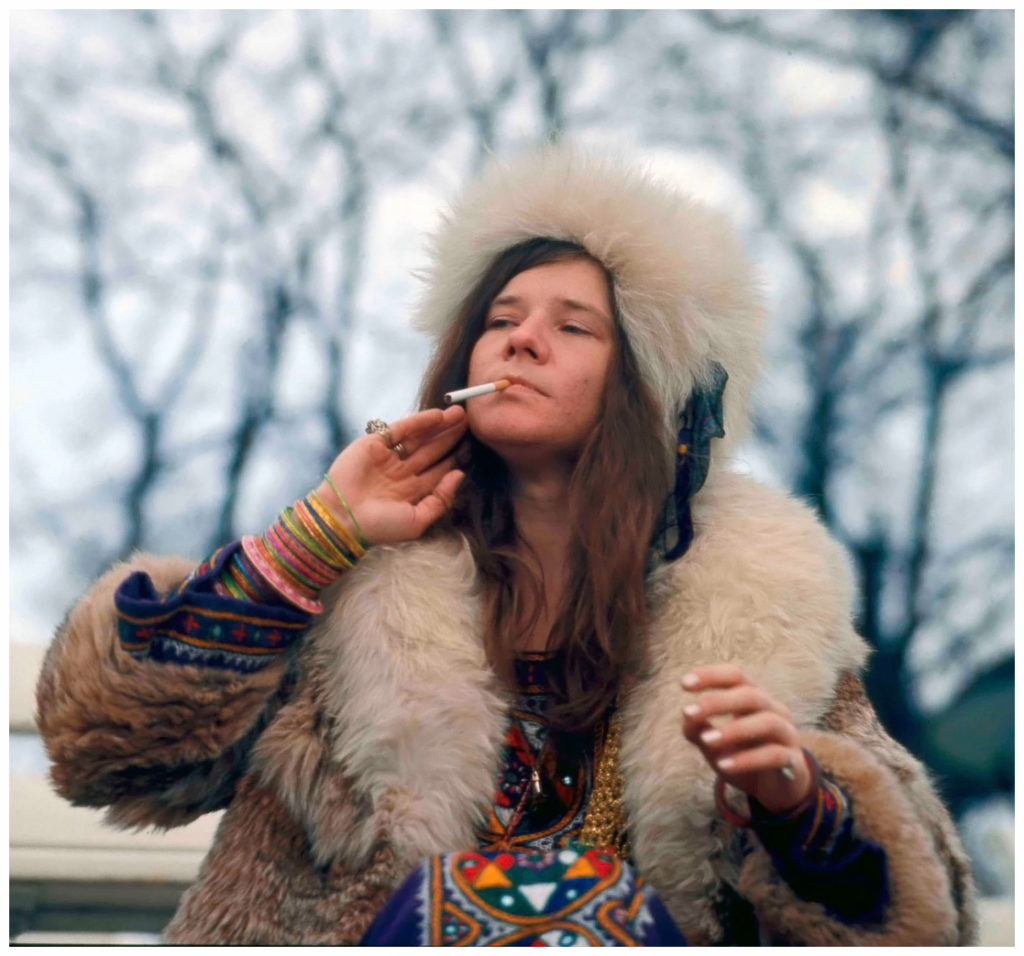 That’s a great pity, because Janis Joplin – if you take away the tragedy of her story and her early demise – was a trailblazer and an individual who changed things forever and inspired generations of women (musicians and otherwise) to be themselves and stand proud. It’s as if the makers of Little Girl Blue forgot to include Joplin’s achievements and then dealt with them as an afterthought, as a bunch of women artists are briefly interviewed about her during the end credit sequence.
That’s a great pity, because Janis Joplin – if you take away the tragedy of her story and her early demise – was a trailblazer and an individual who changed things forever and inspired generations of women (musicians and otherwise) to be themselves and stand proud. It’s as if the makers of Little Girl Blue forgot to include Joplin’s achievements and then dealt with them as an afterthought, as a bunch of women artists are briefly interviewed about her during the end credit sequence.
Despite this considerable flaw, Little Girl Blue is as close as we’ve got to a definitive piece of film on Joplin, and it’s no mere hagiography: they’ve convinced sister Laura to play a central part and the letters home that played a big role in Love, Janis are reprised here. Just about everyone who featured in Joplin’s life (apart from her parents) is interviewed, and it’s something of a revelation that they managed to find the man who she fell desperately in love with in the last year of her life – the man who got her “clean” from heroin addiction and whom she wanted to marry.
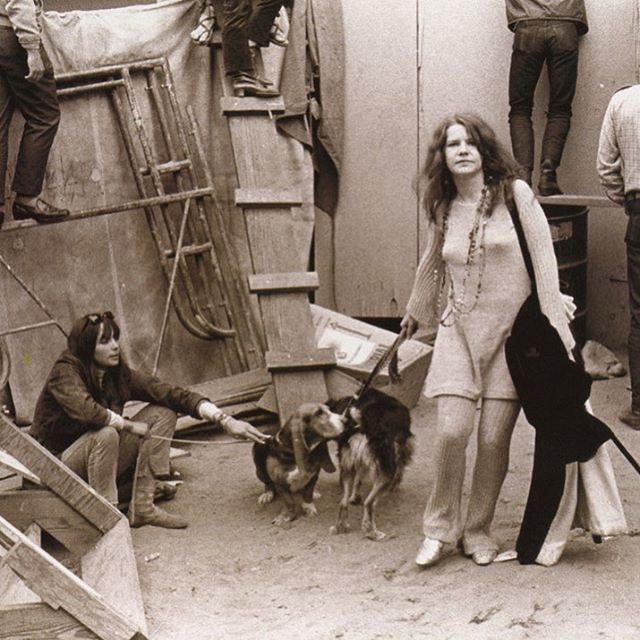 The picture we get of Joplin overall is sobering. Having been bullied and voted “Ugliest Man” by her high school fraternity – imagine that! – it’s not surprising that she was a fuck-up, and that she craved the kind of love she could never get enough of. It’s a bit of a cliché that the gigs were when she felt the love, but there’s story after story of Joplin alone in bars drinking herself to oblivion, and as someone said about the recording sessions for Pearl, while the males in her band went home every night with women on their arms, she went back to the same lonely hotel room. It was there that, inevitably, she took the heroin that killed her, with only the vocal track still to record for ‘Buried Alive In The Blues’.
The picture we get of Joplin overall is sobering. Having been bullied and voted “Ugliest Man” by her high school fraternity – imagine that! – it’s not surprising that she was a fuck-up, and that she craved the kind of love she could never get enough of. It’s a bit of a cliché that the gigs were when she felt the love, but there’s story after story of Joplin alone in bars drinking herself to oblivion, and as someone said about the recording sessions for Pearl, while the males in her band went home every night with women on their arms, she went back to the same lonely hotel room. It was there that, inevitably, she took the heroin that killed her, with only the vocal track still to record for ‘Buried Alive In The Blues’.
I do have another gripe about Little Girl Blue, and that’s its choice of performance footage. They seem to have chosen these specifically to show just how ragged Janis could be when she’d had too much to drink or was too out of it to get it together, and I found myself thinking: If I was hearing Janis Joplin for the first time in this film, I wouldn’t have been too impressed with her talent. That’s sad, because there’s footage of Joplin that’s absolutely stonking, including the several performances on the Dick Cavett Show that they don’t show here (they do show interview segments from the show and interview Cavett now, who hints that he had an affair with her at the time). It’s not until the very last song on the documentary, ‘Little Girl Blue’, that you really hear what a fine singer/emoter Joplin could be.
It’s a powerful film nonetheless and tells her story well, not from a music point of view so much as that of a young woman whose destiny was mapped out by the intersection of her blighted beginnings and hippy/drug culture.
* Janis: Little Girl Blue is available to view on DocPlay now.

